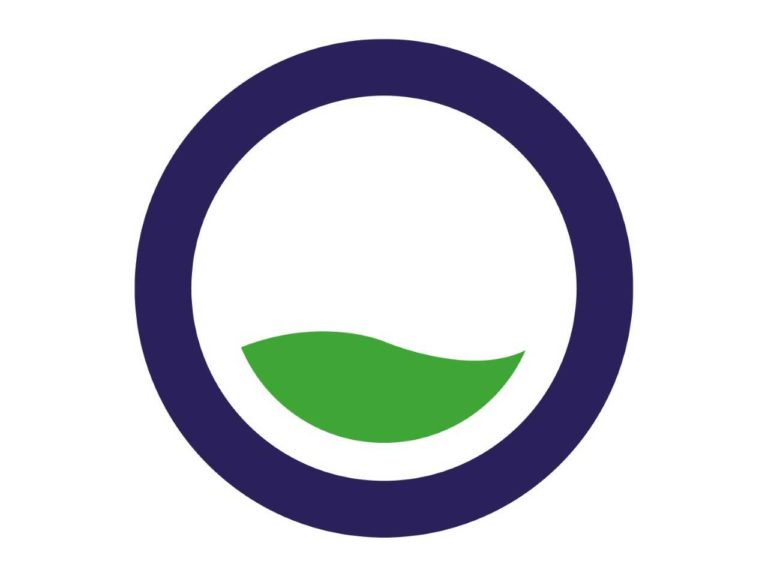What is Rainwater Harvesting?
Rainwater harvesting is where rainwater that would otherwise flow down the gutter into storm drain is collected and stored. The rainwater can be collected from a property’s roof and stored in a tank. There are 3 different types of rainwater harvesting, for example
- Basic Rainwater System
The basic rainwater harvesting system includes stands and groundwater butts with a capacity of up to 400 litres depending on material, as a result, these can be freestanding or submersible water pumps.
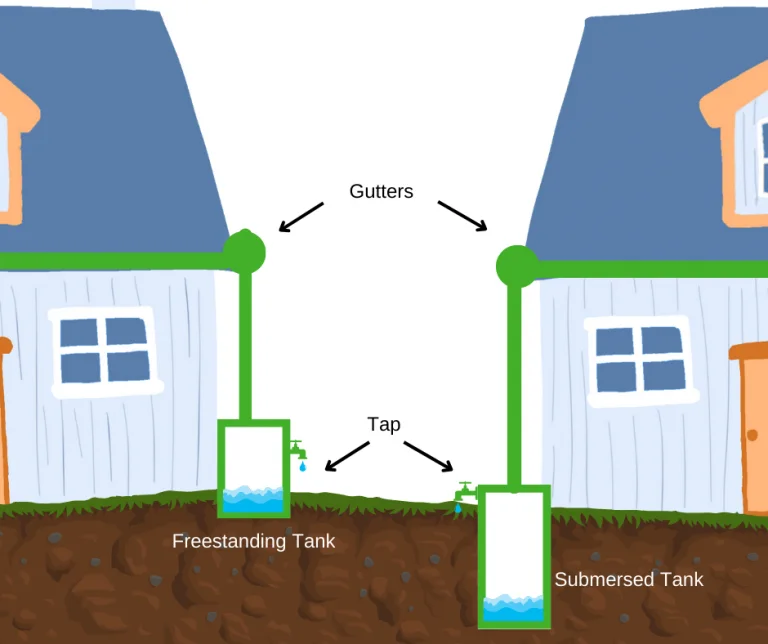
- Aboveground Rainwater System
An aboveground rainwater harvesting system are easy to install and in addition have a capacity between 800-100,000 litre. However, this depends on the material and use of the tank (commercial, industrial units or private).
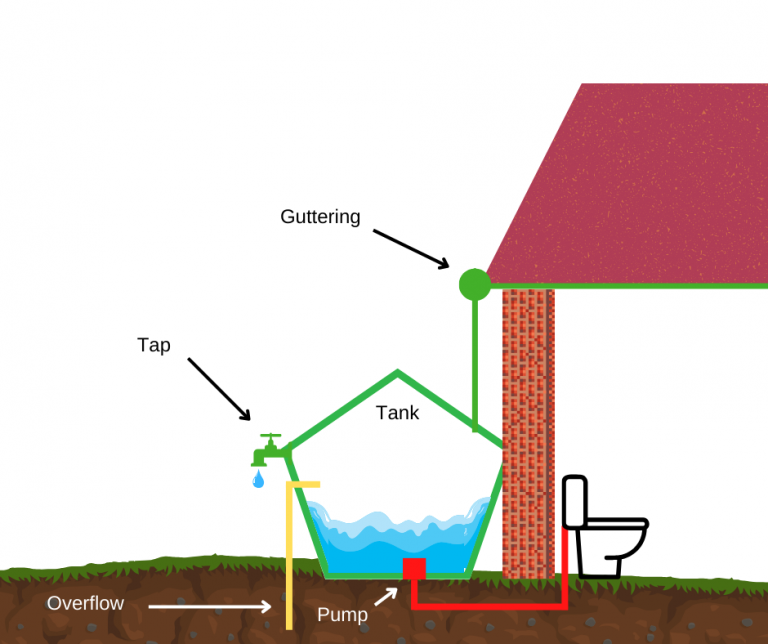
- Underground Rainwater System
Underground rainwater harvesting installation is also an option if space above ground is limited. However, this system requires excavation work as a pump will be required to redistribute the rainwater from the tank.
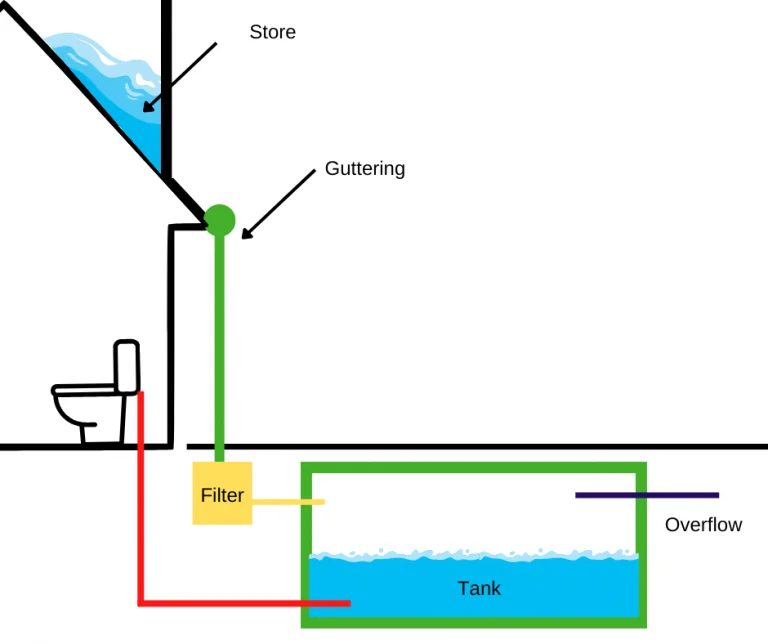
Harvested rainwater can be used for a variety of things both indoors and outdoors, for example: watering the garden, cleaning the car, flush toilets, and feed washing machines.
In addition, by harvesting rainwater, property owners can see up to 50% savings on their water bills. Overall, this investment can take 2-3 years after initial installation to see any gains?
To sum up, every type of rainwater harvesting includes advantages and disadvantages.
Advantages:
Rainwater harvesting can have great advantages, for example:
- Free clean source of water
- Easy to install- Depending on the type you want
- Environmentally friendly
- Decreases soil erosion and reduces flooding
- Reduces use of groundwater
Disadvantages:
There are also disadvantages to rainwater harvesting, for example:
- Unreliable rainfall
- Size of tank – Can take up valuable outside space
- High starting cost – due to equipment and set up
- Installation requires professional with technical skills
- System maintenance is required
Are you in need of reliable and efficient drainage or plumbing solution? Metro Rod Newport, Hereford and Gloucester can help you and your property with our services!
Call us on; 01495 305578
Visit our websites; Newport and Hereford or Gloucester
Email Us; Newportand[email protected]
Find Us On; Twitter or Facebook or LinkedIn
Metro Rod Newport, Hereford and Gloucester are available 24/7 where we can deal with multiple types of drainage problems and issues including:
- Unblocking drains
- Gutter cleaning
- Drain clearing
- CCTV drain survey
- Septic tank pumping
- Vacuum tank maintenance
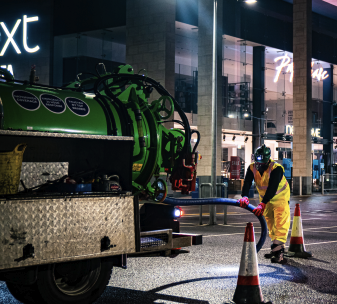
Talk to your local Metro Rod specialist
We are always happy to arrange a free site assessment and no obligation quotations for any work you might need. Alternatively, you can call our emergency hotline number on 0800 66 88 00
Get in touch Drainage Services